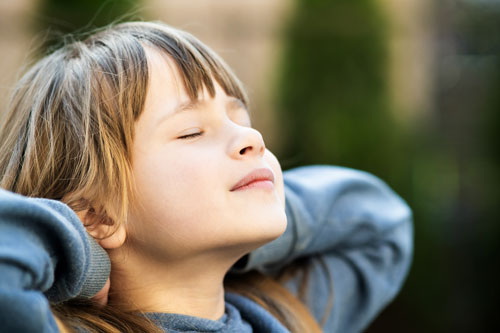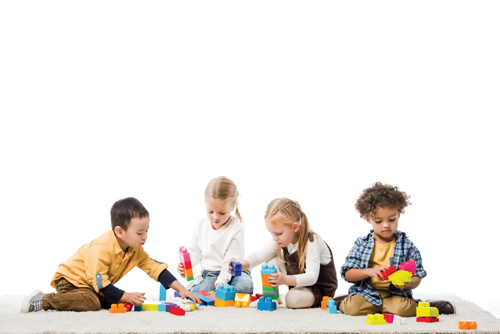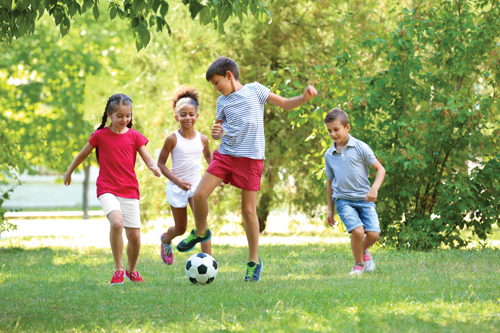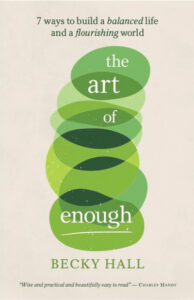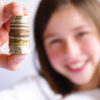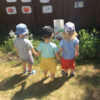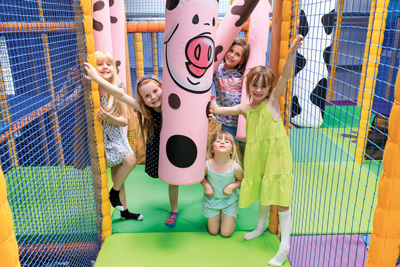
by Nicola Henderson
Godstone Farm
Getting the best value for your money
In today’s world, with the rising cost-of-living and financial pressures on families, planning a day out that offers the best value for money is essential. Fortunately, with careful planning and consideration, families can still enjoy memorable experiences without breaking the bank. In particular, farm parks present an excellent option, combining a diverse range of activities with reasonable pricing, ensuring a fun-filled day out for all ages.
Here are some helpful tips from an insider!
1. Plan ahead and look for offers and discounts
The key to a budget-friendly family day out starts with thorough planning. Research local farm parks or attractions that offer a wide range of activities suitable for all family members. Before visiting, check their website or social media for special offers, discounts, or family packages. Many attractions provide reduced prices for early bookings or for buying tickets online in advance. Utilise membership cards, loyalty schemes, or annual passes that can grant access to multiple visits at a discounted rate.
2. Make the most of farm park offerings
Farm parks often combine various activities, making them an excellent value for money option. With a mix of animal encounters, indoor play areas, and outdoor spaces, there really is something for everyone. The diversity of activities caters to children of all ages, keeping them occupied and entertained throughout the day. Moreover, farm parks are generally more affordable than city centre attractions or tourist hotspots, making them a budget-friendly choice for families.
3. Utilise meal deals and picnic facilities
Food expenses during family days out can add up quickly. Consider looking for attractions that offer meal deals or have affordable food options on-site. Alternatively, pack a picnic lunch and take advantage of dedicated picnic areas and covered barns available at many farm parks. Enjoying a homemade lunch amidst the beautiful surroundings not only saves money but also allows for a relaxing and enjoyable break.
4. Smart shopping at gift shops
Children often desire a souvenir to remember their day out. Instead of splurging on expensive items, look for attractions with a well-stocked gift shop that offers pocket-friendly options. A section with low-cost items such as postcards, pencils, or small toys will delight young ones without straining the budget. Encourage children to make thoughtful purchases within a pre-determined budget, helping to teach them the value of money.
5. Consider memberships and multi-visit passes
For families living nearby or who plan to visit regularly, memberships or multi-visit passes can be a cost-effective option. Such offerings often come with perks like discounted admission for friends or reduced prices on additional activities within the park. It’s worth calculating how many visits are required to make the pass worthwhile and consider the added benefits it provides.
6. Time your visit wisely
To maximize the experience at farm parks, consider arriving early in the day to avoid crowds and make the most of the attractions. Alternatively, some parks may offer reduced rates for late afternoon visits, which can be beneficial if you have older children who can stay engaged until closing time. Many attractions run off-peak pricing too so if you don’t need to visit in the middle of a school holiday perhaps defer your trip to a weekend during term-time and opt for the local play park when the children are off school.
Creating lasting memories during a family day out does not have to come at a high cost. By planning ahead, taking advantage of offers and discounts and making smart choices during the visit, families can enjoy a fantastic day filled with fun and excitement without breaking the bank. Farm parks offer a great balance of activities at a reasonable price, making them an ideal choice for families looking for the best value for their hard-earned money. So, gather your loved ones, pack a picnic and head to the farm park for a day of endless enjoyment!
Godstone Farm in Surrey offers a wider range of animal experiences allowing children (and adults) the chance to go behind the scenes and experience the many benefits of animal contact. www.godstonefarm.co.uk


 It starts the minute you arrive at the venue. The staff and volunteers all have bright eyes and wide grins that actually look genuine, the café or kiosk is serving Christmas-themed cookies and cupcakes and Christmas pudding flavoured ice-cream. The bar is serving large glasses of everything, including delicious mulled wine. The smell of excited anticipation is everywhere.
It starts the minute you arrive at the venue. The staff and volunteers all have bright eyes and wide grins that actually look genuine, the café or kiosk is serving Christmas-themed cookies and cupcakes and Christmas pudding flavoured ice-cream. The bar is serving large glasses of everything, including delicious mulled wine. The smell of excited anticipation is everywhere.

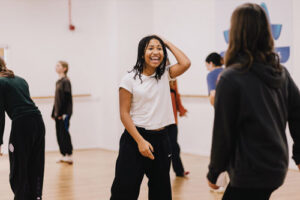 Empowerment has the potential to liberate young people from these expectations and pressures. Empowerment enables young people to find their voice, their place in this world and feel important and heard. Empowerment is the enemy of insecurity, and through engaging with activities and communities that make young people feel empowered, they grow in a confidence that can be applied to every aspect of their lives.
Empowerment has the potential to liberate young people from these expectations and pressures. Empowerment enables young people to find their voice, their place in this world and feel important and heard. Empowerment is the enemy of insecurity, and through engaging with activities and communities that make young people feel empowered, they grow in a confidence that can be applied to every aspect of their lives.
